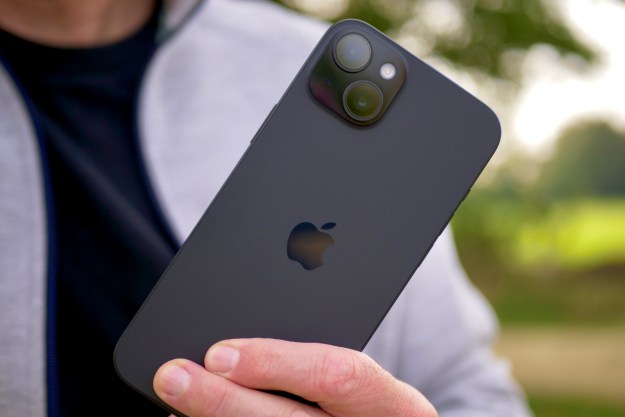The screen technology that makes Apple’s iPad Pro such a viewing pleasure may come to the 2020 iPhone, according to a rumor spreading on Twitter. Apparently, Apple is talking to screen suppliers about introducing a screen with a 120Hz refresh rate on the 2020 iPhone, a benefit we’ve been enjoying on not only the iPad Pro, but also on several smartphones recently too.
What does a 120Hz refresh rate do? It makes scrolling through webpages or Twitter, playing games, and anything that involves fast on-screen movement smoother and less jerky. It’s a genuine benefit and makes extended screen viewing time easier on the eyes, and makes fast-moving mobiles games look sharper and less blurry. Once you’ve used a screen with a higher refresh rate in action, it’s jarring to return to a screen that has a lower refresh rate.
This isn’t news to Apple. It introduced its version of the technology, called ProMotion, on the 2017 iPad Pro models. On the iPad, ProMotion dynamically switches between lower and higher refresh rates depending on what you’re doing, ensuring there is a good balance between a superior viewing experience and long battery life. Apple says ProMotion enhances the screen’s look on the iPad Pro in a variety of scenarios, including when playing games, browsing the web, and when using the Apple Pencil stylus.
Now, it’s being said the 2020 iPhone may adopt a screen that switches between a 60Hz and a 120Hz refresh rate, and that Apple is talking to Samsung and LG — two of its screen technology partners — about creating one. The rumor comes from a usually reliable source on Twitter, but the comment is not attributed to any third-party, so it should be treated as speculation for now. Rumors about the 2020 iPhone have been spreading for a while, despite the 2019 iPhone not even being released yet.
It won’t be the first time we’ve seen this type of technology on a phone. Several smartphone manufacturers already use screens with higher refresh rates to make the viewing experience better. Asus has a 120Hz AMOLED screen on the new ROG Phone 2, while the Razer Phone 2 has a 120Hz LCD panel. OnePlus has also impressed with the 90Hz screen on the OnePlus 7 Pro.
Editors' Recommendations
- Apple may release a completely new type of iPhone in 2025
- This hidden iPad Pro Easter egg is unbelievably cool
- The new iPad Pro just surprised everyone
- You’ll soon be able to control your iPhone and iPad with your eyes
- iPhone 16: news, rumored price, release date, and more



